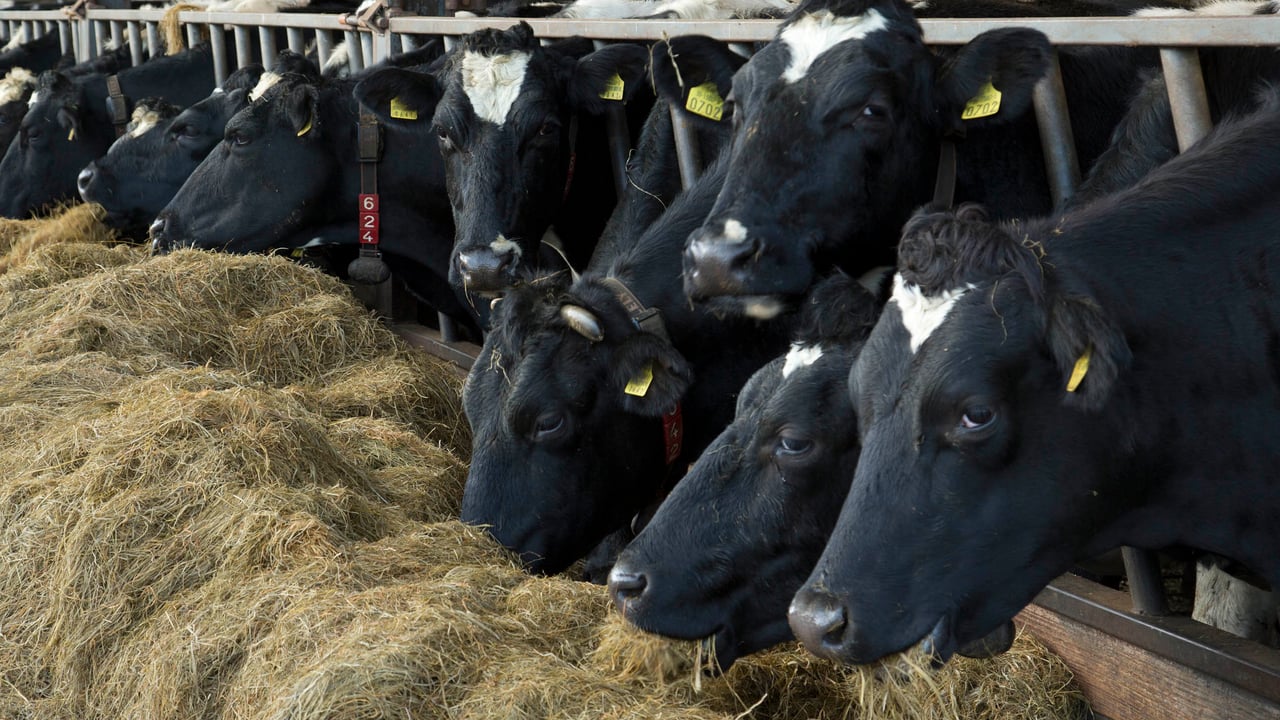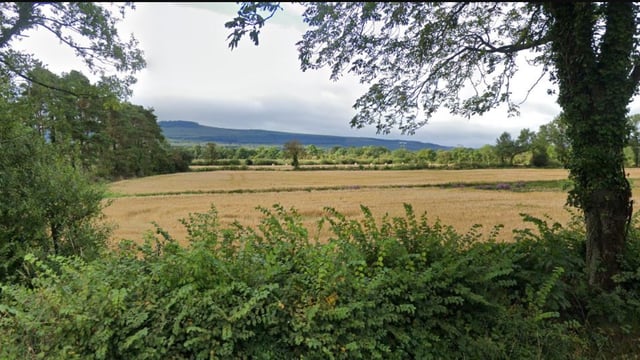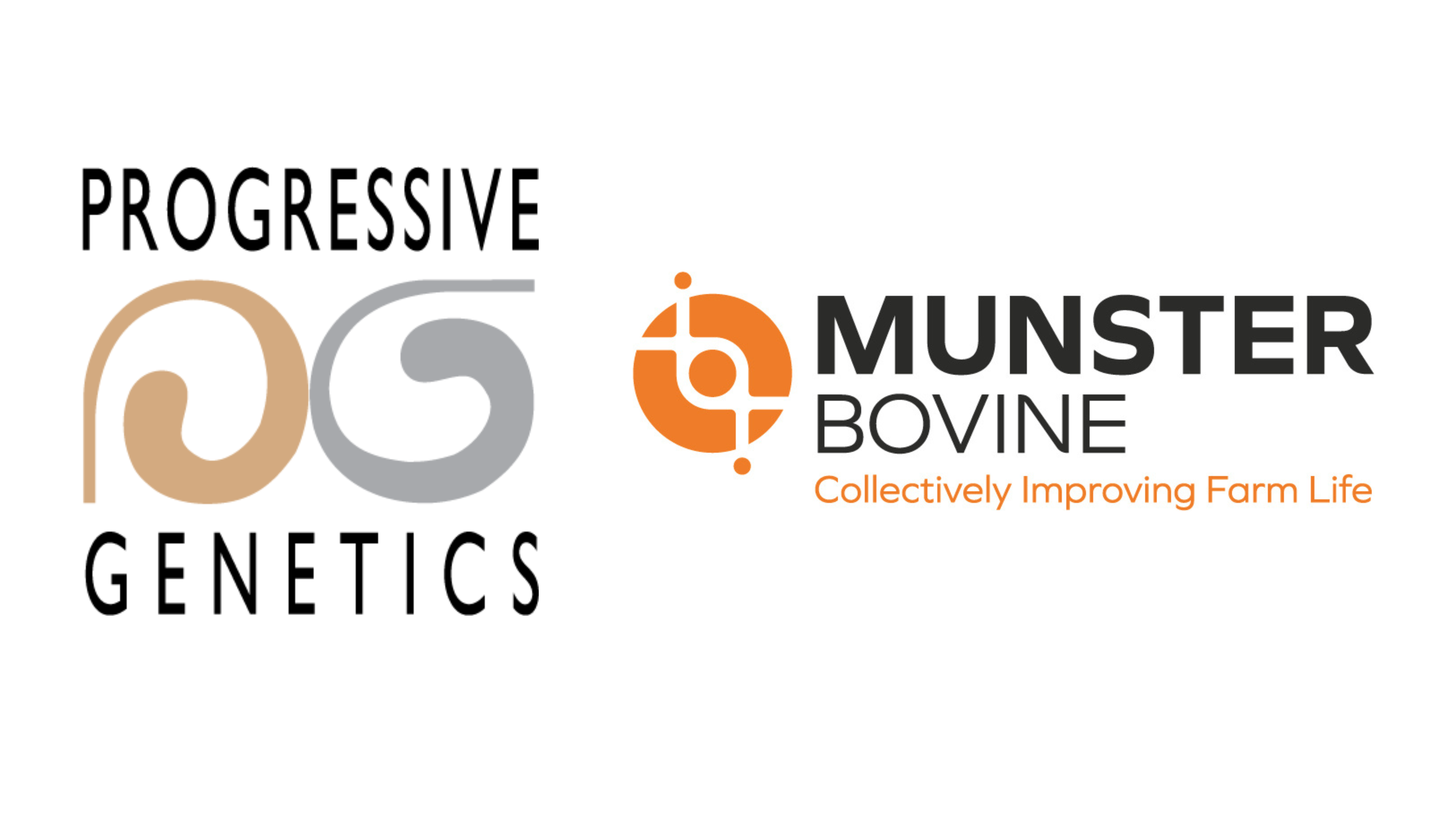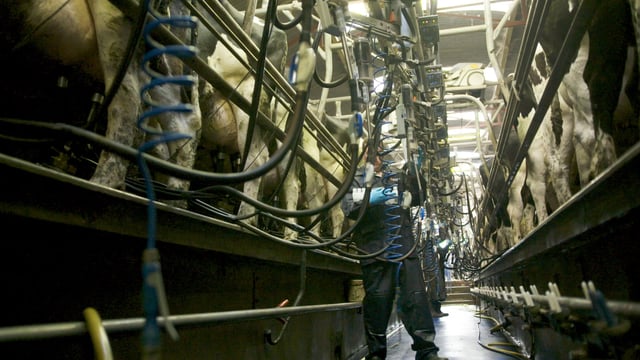Heavy presence of mycotoxins confirmed in some Irish silage
Surveys carried out by Alltech have confirmed the heavy presence of mycotoxins in silages across Northern Ireland (NI), Munster and south Leinster.
To date, forage samples across the rest of the country seem to be relatively free of the problem — for now, at least.
Mycotoxins are invisible to the naked eye, as are most of the moulds that produce them. Their presence will not be flagged in standard silage analysis as it takes specifically equipped laboratories to carry out the required mycotoxin testing.
As a consequence, farmers may not know that they are offering their dairy and beef herds diets that can seriously impact both animal health and overall performance.
The first sign that mycotoxins are affecting herd performance may come in the form of milk-output levels dropping significantly without warning.
Somatic cell counts may also rise, again, without any obvious discernible cause.
Where beef cattle are concerned, mycotoxins will cause significant drop-offs in production. Acidosis-related problems may also be apparent.
“On those farms that have already identified a mycotoxin problem within their grass silages, the problem will only get worse as the winter progresses,” confirmed Alltech mycotoxin specialist, Dr. Max Walker.
Dr. Walker spoke at a recent Alltech-hosted silage webinar that revealed results of the company's 2021 European harvest analysis,
The work was undertaken to quantify the impact of mycotoxins in grass silages currently being fed on dairy and beef farms across Europe.
A large selection of Irish silage was specifically tested for the presence of mycotoxins in the Alltech 37+ mycotoxin analysis laboratory in Dunboyne, Co. Meath.
The facility is unique on the island of Ireland in being able to test for the presence of up to 54 different mycotoxins.
“The prevailing weather will have a major impact on the moulds that produce mycotoxins,” Dr. Walker said.
“Penicillium moulds tend to show up predominantly in grass silages. They prefer relatively high moisture levels and cooler temperatures.
“Specifically, where grass is concerned, higher trash levels in the sward will predispose the resulting silages to mould infestation.
According to Dr. Walker, Penicillium moulds require only minute levels of oxygen within a silage clamp to grow and reproduce.
“Getting the required level of compaction at time of ensiling is critically important when it comes to reducing the threat caused by Penicillium moulds,” Dr. Walker explained.
The Alltech survey found that all of the grass silages analysed averaged 2.9 different mycotoxins per sample.
“Multiple mycotoxins can be more impactful to animals,” Dr. Walker said.
Richard Dudgeon, Alltech’s regional manager for NI, also addressed the webinar. He confirmed that the rumen can break down mycotoxins, but not on all occasions.
“Dairy cows that are producing high volumes of milk are already under a significant level of metabolic stress,” Dudgeon explained.
“As a result, they may not be in a position to fend off a mycotoxin challenge, as this represents an additional stress factor.
Dudgeon then discussed the impact of the three main mycotoxins found in Irish grass silages: Penicillium toxins, deoxynivalenol (DON) and fusaric acid.
“Penicillium toxins will act to reduce milk and meat yields,” Dudgeon continued.
“Fusaric acid can lead to the creation of swelling within the leg intandem with feed refusals and general lethargy.
He added:
“Many moulds and mycotoxins are invisible to the naked eye. They are also odourless and tasteless. But just because they can’t be seen doesn’t mean they are not there.
Dudgeon also discussed the properties of an effective toxin binder.
He explained:
Dudgeon concluded:
“Binders should also have a high affinity to absorb both high and low levels of mycotoxins in complete diets.
“It is crucially important, however, that they do not negatively interact with minerals and vitamins.”





